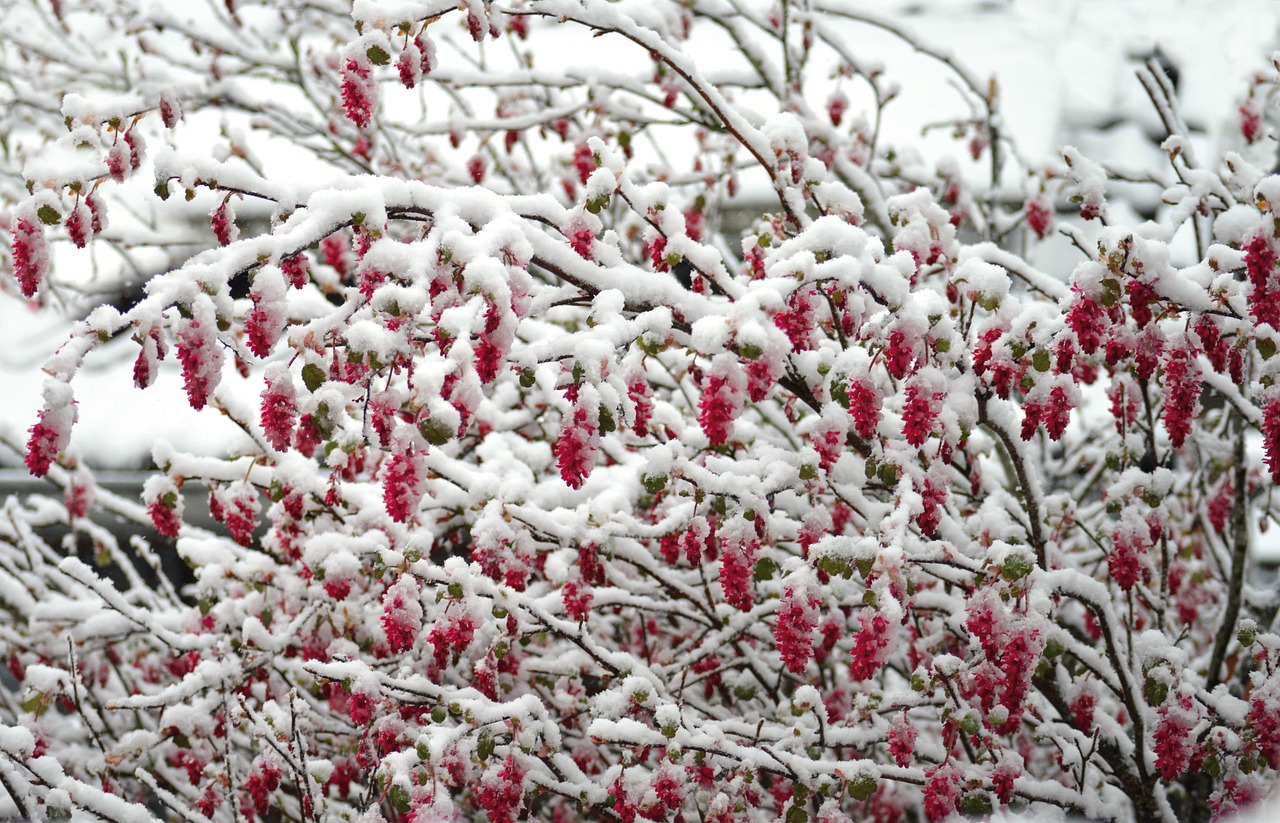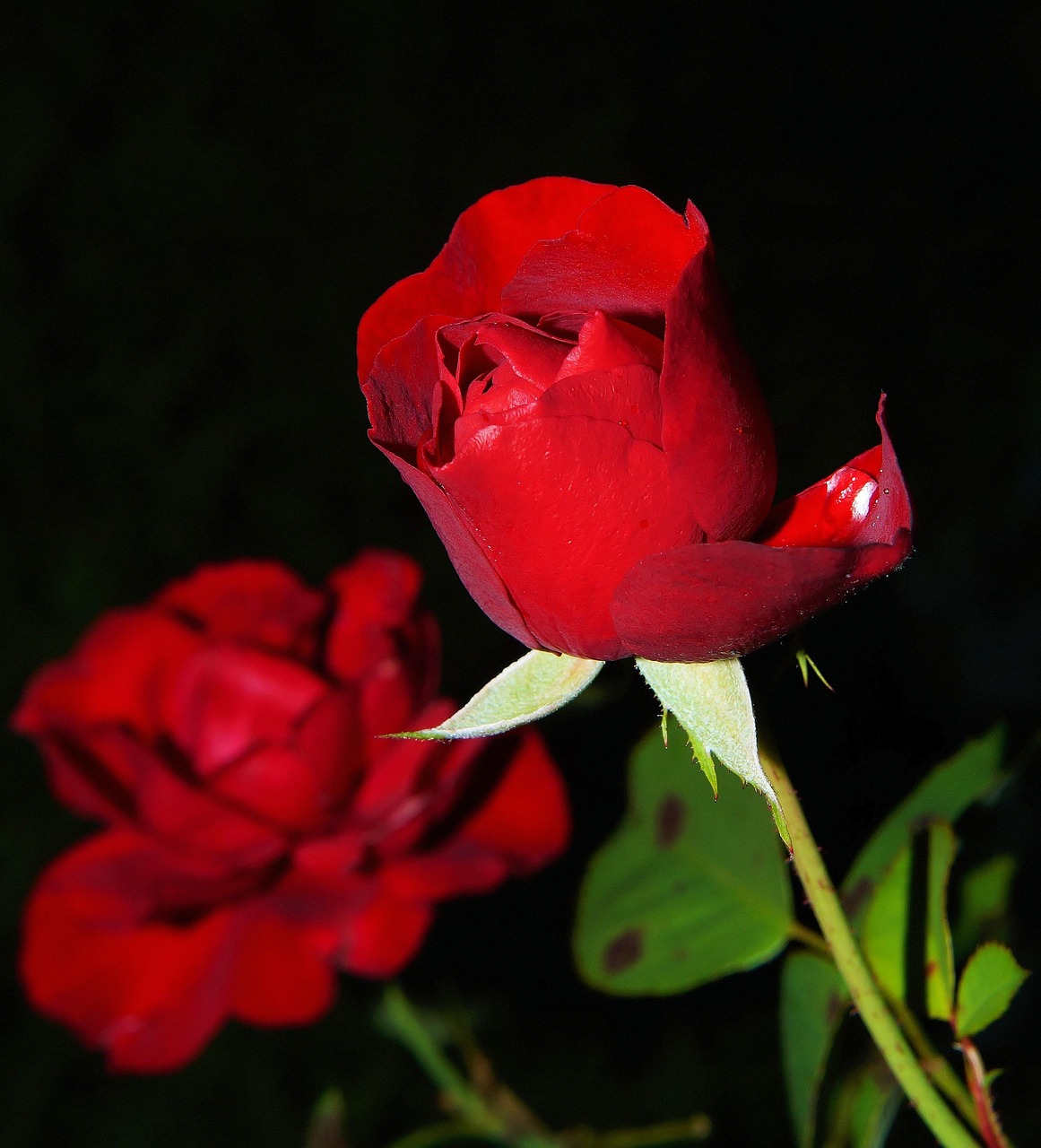Red flowering shrubs can transform any garden into a vibrant oasis. Their brilliant blooms bring energy and warmth, making them an excellent choice for gardeners looking to add a splash of color. These shrubs are not only visually stunning but also diverse in terms of species and care requirements.
When selecting red flowering shrubs, it is essential to consider the climate, soil type, and sunlight conditions in your garden. Some varieties thrive in full sun, while others prefer partial shade. Additionally, understanding the growth habits of each shrub can help you choose the right plants for your landscape design.

Red flowering shrubs are available in various sizes and shapes, from compact varieties suitable for small gardens to larger specimens that can serve as focal points or privacy screens. The rich hues of red can blend beautifully with other plants, creating striking contrasts and enhancing the overall aesthetic of your outdoor space.
Popular Varieties of Red Flowering Shrubs
There are several popular varieties of red flowering shrubs that gardeners often choose. Each variety has unique features and bloom times. Below is a table highlighting some of the most sought-after red flowering shrubs:
| Shrub Name | Bloom Time | Height | Sun Requirements |
|---|---|---|---|
| Red Hot Poker | Summer | 2-4 feet | Full Sun |
| Crape Myrtle | Summer to Fall | 3-30 feet | Full Sun |
| Japanese Maple (Red Leaf Varieties) | Spring | 6-25 feet | Partial Shade |
| Hibiscus | Summer | 3-10 feet | Full Sun |
| Rhododendron | Spring | 2-10 feet | Partial Shade |
These shrubs not only provide a burst of color but also attract pollinators such as bees and butterflies, enhancing the biodiversity of your garden. When planning your garden layout, consider how the height and spread of each shrub will affect the overall design and visibility of other plants.
In addition to their beauty, many red flowering shrubs are relatively low-maintenance. Once established, they often require minimal watering and care, making them an ideal choice for busy gardeners or those looking for a more sustainable landscaping solution.
Incorporating red flowering shrubs into your garden design can also have practical benefits. They can serve as windbreaks, privacy screens, or even noise barriers, depending on their placement. Their vibrant colors can create a welcoming environment, making your outdoor space more inviting for family and friends.
Choosing the right red flowering shrubs for your garden involves careful consideration of various factors. By understanding the needs of these plants and their potential impact on your landscape, you can create a stunning floral display that brings joy throughout the seasons.
Choosing the Right Location for Red Flowering Shrubs
When planting red flowering shrubs, location is crucial for their growth and overall health. Each type of shrub has specific requirements regarding light, soil, and space. By assessing your garden carefully, you can ensure that your chosen plants thrive.
Light Requirements
Most red flowering shrubs prefer full sun, which typically means at least six hours of direct sunlight per day. However, some varieties can tolerate partial shade. It is essential to understand the light preferences of each shrub to avoid stunted growth or poor blooming.
- Full Sun: Varieties such as Crape Myrtle and Hibiscus flourish in bright sunlight, producing abundant blooms.
- Partial Shade: Japanese Maples and certain Rhododendrons can thrive with some protection from harsh afternoon sun.
Soil Conditions
The type of soil plays a significant role in the success of your red flowering shrubs. Well-drained soil is vital to prevent root rot and other issues. Conducting a soil test can help determine pH levels and nutrient content, allowing for appropriate amendments.
Some shrubs have specific soil preferences:
- Acidic Soil: Rhododendrons thrive in acidic conditions.
- Well-drained Loamy Soil: Most flowering shrubs, including Crape Myrtle, prefer loamy soil rich in organic matter.
Watering and Maintenance Practices

Proper watering is essential for the health of your red flowering shrubs. Newly planted shrubs require more frequent watering until their roots establish themselves. Once established, many varieties are relatively drought-tolerant.
Watering Guidelines
Consider these guidelines to ensure your shrubs receive adequate moisture:
- Water deeply but infrequently. This encourages deep root growth.
- Avoid overhead watering, which can promote diseases. Instead, focus on the base of the plant.
- Mulching can help retain moisture in the soil, reducing the need for frequent watering.
Pruning Techniques
Pruning is another critical aspect of maintaining red flowering shrubs. Proper pruning encourages healthy growth and vibrant blooms. The best time to prune varies by species:
- Spring Bloomers: Prune immediately after blooming to avoid cutting off next year’s flowers.
- Summer Bloomers: Prune in late winter or early spring before new growth begins.
Regularly removing dead or damaged branches also promotes better airflow and reduces disease risk.
Pest and Disease Management

Like all plants, red flowering shrubs may face challenges from pests and diseases. Being proactive can help maintain their health.
Common Pests
Some common pests that may affect red flowering shrubs include:
- Aphids: These small insects can sap the plant’s strength. Regular checks can help catch them early.
- Spider Mites: These pests thrive in dry conditions and can be managed with proper watering and humidity levels.
Disease Prevention
Diseases such as powdery mildew or root rot can hinder shrub growth. To prevent these issues:
- Ensure good air circulation around plants by spacing them appropriately.
- Avoid overwatering and ensure proper drainage in your garden bed.
By understanding these aspects of care, you can effectively cultivate a thriving garden filled with stunning red flowering shrubs that will provide beauty and joy for years to come.

Companion Planting with Red Flowering Shrubs
Companion planting is an effective gardening strategy that involves pairing plants to enhance growth, deter pests, and improve overall health. When incorporating red flowering shrubs into your garden, selecting suitable companion plants can create a harmonious ecosystem. These pairings can enhance visual appeal while promoting the health of your shrubs.
Benefits of Companion Planting
Companion planting offers several advantages, including:
- Pest Control: Certain plants naturally repel pests, protecting your red flowering shrubs from infestations.
- Improved Growth: Some plants can help enrich the soil or provide shade, benefiting the growth of nearby shrubs.
- Enhanced Aesthetics: Thoughtful pairings can create a visually stunning display in your garden.
Ideal Companion Plants for Red Flowering Shrubs
While the specific companions may vary based on the type of red flowering shrub, some plants generally work well together. Here are several effective companion plants for popular red flowering shrubs:
Crape Myrtle Companions
Crape Myrtles are known for their vibrant blooms and can benefit from the following companions:
- Daylilies: Their bright flowers complement Crape Myrtles and attract pollinators.
- Salvia: This drought-tolerant plant provides a beautiful contrast and draws beneficial insects.
Hibiscus Companions
Hibiscus shrubs thrive in moist environments. Pair them with:
- Lobelia: Their blue and purple hues provide a striking contrast to the red blooms of Hibiscus.
- Ferns: These can offer texture and greenery while thriving in similar moisture levels.
Rhododendron Companions
Rhododendrons prefer acidic soil and can be paired with:
- Azaleas: Azaleas share similar growing conditions and add vibrant colors to the landscape.
- Hostas: These shade-loving perennials provide lush foliage that complements Rhododendrons.
Seasonal Interest with Red Flowering Shrubs
One appealing aspect of red flowering shrubs is their ability to provide seasonal interest throughout the year. Different species bloom at various times, ensuring that your garden remains lively and colorful across the seasons.
Spring Blooms
Some red flowering shrubs start the blooming season early in spring, such as:
- Redbud Trees: The small, rosy flowers appear before the leaves unfurl, creating a stunning display.
- Carnelian Cherry: This shrub showcases lovely red flowers that attract pollinators.
Summer Color
During summer, many shrubs burst into full bloom, including:
- Crape Myrtle: This shrub offers vibrant red flowers that last through the summer heat.
- Hibiscus: Its large blooms can bring tropical flair to any garden setting.
Fall Foliage
A few red flowering shrubs also provide beautiful fall color. Consider these options:
- Japanese Maple: While not a traditional flowering shrub, its red leaves create a stunning autumn display.
- Burning Bush: Known for its fiery red foliage in fall, it adds dynamic color to your landscape.
By selecting a combination of red flowering shrubs and companion plants, you can create a garden that is not only visually appealing but also resilient and diverse. This approach enhances your garden’s beauty while ensuring a thriving ecosystem that supports various plant species.
Creating a Dynamic Landscape with Red Flowering Shrubs
Red flowering shrubs offer a unique opportunity to create a dynamic and captivating landscape. Their vibrant colors not only enhance the aesthetic appeal of any garden but also serve various ecological functions. By choosing the right combination of shrubs, gardeners can achieve year-round interest and ecological balance.
In addition to their beauty, many red flowering shrubs provide essential habitats for wildlife. Birds, bees, and butterflies are attracted to the nectar-rich flowers, promoting pollination and supporting biodiversity. As you plan your garden, consider incorporating shrubs that attract these beneficial creatures, contributing to a healthy ecosystem.
Creating Layers in Your Garden
When designing your garden, consider layering your red flowering shrubs with plants of varying heights. This approach not only maximizes visual interest but also creates a more natural look. Here are some strategies for layering:
- Foreground Plants: Use shorter perennials or annuals at the front of your shrubs to create depth. Plants like petunias or marigolds can add vibrant colors that complement the red blooms.
- Mid-Level Shrubs: Incorporate medium-height flowering shrubs such as Crape Myrtle or Hibiscus as focal points in your garden design.
- Background Features: Taller shrubs like Burning Bush or Japanese Maple can serve as anchors, providing structure and height to your landscape.
Seasonal Planting Techniques
To ensure continuous color and interest throughout the year, consider utilizing seasonal planting techniques. Rotating your plant selections based on blooming cycles can keep your garden lively. Here are some tips:
- Plan for staggered bloom times by selecting shrubs that flower in different seasons.
- Incorporate evergreens alongside red flowering shrubs to maintain greenery during winter months.
- Use bulbs planted in the fall to provide early spring color that complements the later blooms of red flowering shrubs.
Final Thoughts
Red flowering shrubs are a fantastic choice for any gardener looking to add vibrancy and life to their outdoor spaces. With their rich colors and diverse varieties, these shrubs can create stunning visual displays while offering numerous ecological benefits. From attracting pollinators to providing seasonal interest, they play an essential role in a well-rounded garden.
When selecting red flowering shrubs, consider the specific needs of each variety, including light, soil preferences, and companion planting opportunities. By carefully planning your garden layout and incorporating these beautiful plants, you can create a thriving landscape that captivates the senses and supports local wildlife.
Ultimately, the joy of gardening comes from experimenting with different plants, observing their growth, and witnessing the beauty they bring to your surroundings. Embrace the colorful possibilities that red flowering shrubs offer and enjoy the process of cultivating your own vibrant garden oasis.
